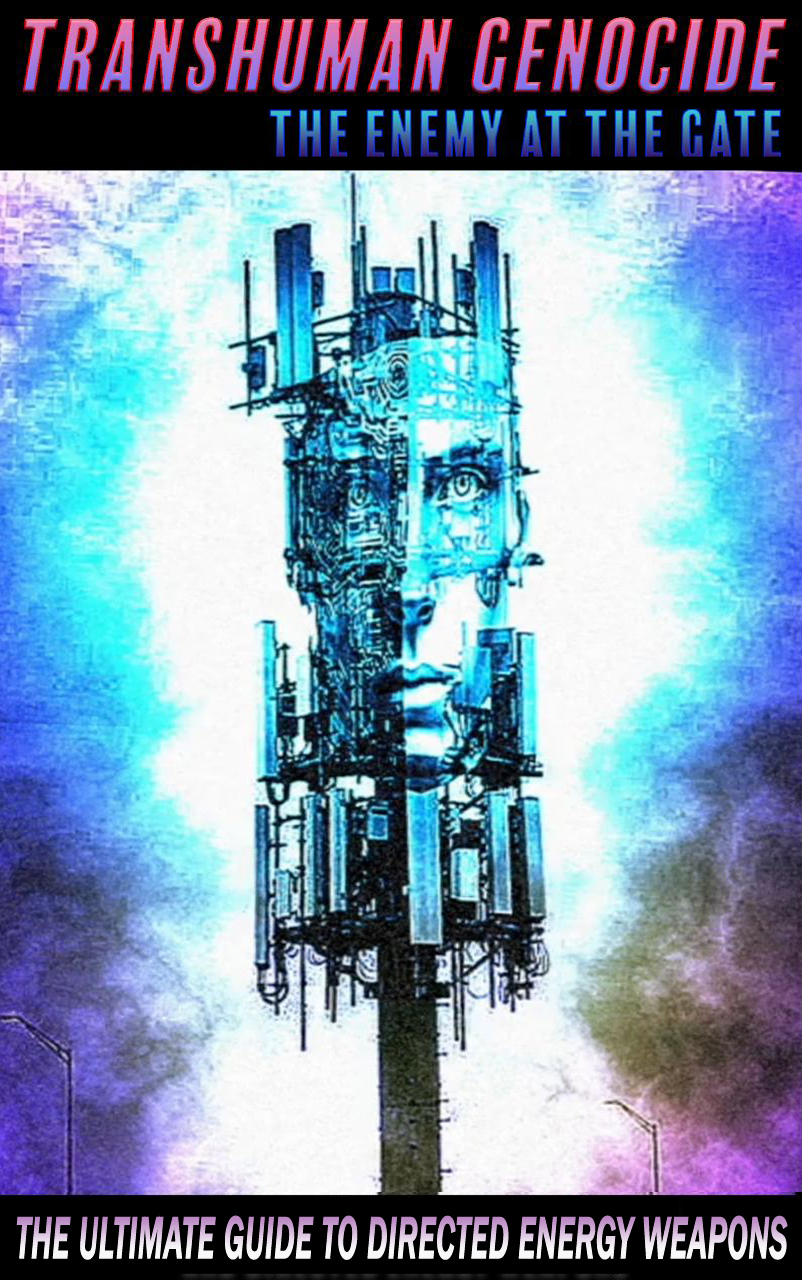Chinese scientists have successfully tested a compact high-power microwave (HPM) gun capable of firing over 10,000 shots without performance degradation. This breakthrough in weaponry, with its vacuum encapsulation system and megawatt-emitting microwave beams, marks a significant shift in modern warfare dynamics.

The U.S. Navy’s recent test of the HELIOS weapon system aboard the USS Preble showcases the escalating arms race in directed energy weapons. The development of laser platforms exceeding 300 kilowatts underlines the strategic importance of these systems in countering threats like anti-ship cruise missiles.
The World Economic Forum’s identification of key energy technology trends for 2025 points to a global focus on security, decarbonization, and AI integration in data centers. China’s dominance in next-gen energy technologies and India’s progress in renewable energy investments highlight the evolving landscape of energy security.
Advancements in Directed Energy Weapons (DEWs), including high-energy lasers, particle beams, and high-powered microwave systems, are reshaping military capabilities. Integration with unmanned aerial vehicles (UAVs) and missile defense systems underscores the potential for DEWs to enhance national security.
Energy weapons, such as the U.S. Navy’s Laser Weapon System (LaWS), offer precise targeting and operational strength with minimal collateral damage. However, concerns about accountability and ethical use loom large as these technologies evolve for both military and potential civilian applications.
The intent behind the rapid development and deployment of advanced weaponry by global powers like China and the U.S. is clear: to gain a strategic edge in modern warfare and assert dominance in the international arena. The means, through focused research, substantial funding, and strategic partnerships, demonstrate a coordinated effort to push the boundaries of military technology.
Looking ahead, the trajectory of this technological arms race raises critical questions about the future of conflict, security, and global stability. The convergence of AI, directed energy weapons, and energy technology underscores the need for heightened vigilance and ethical considerations to navigate the evolving landscape of warfare and power dynamics in the 21st century.

